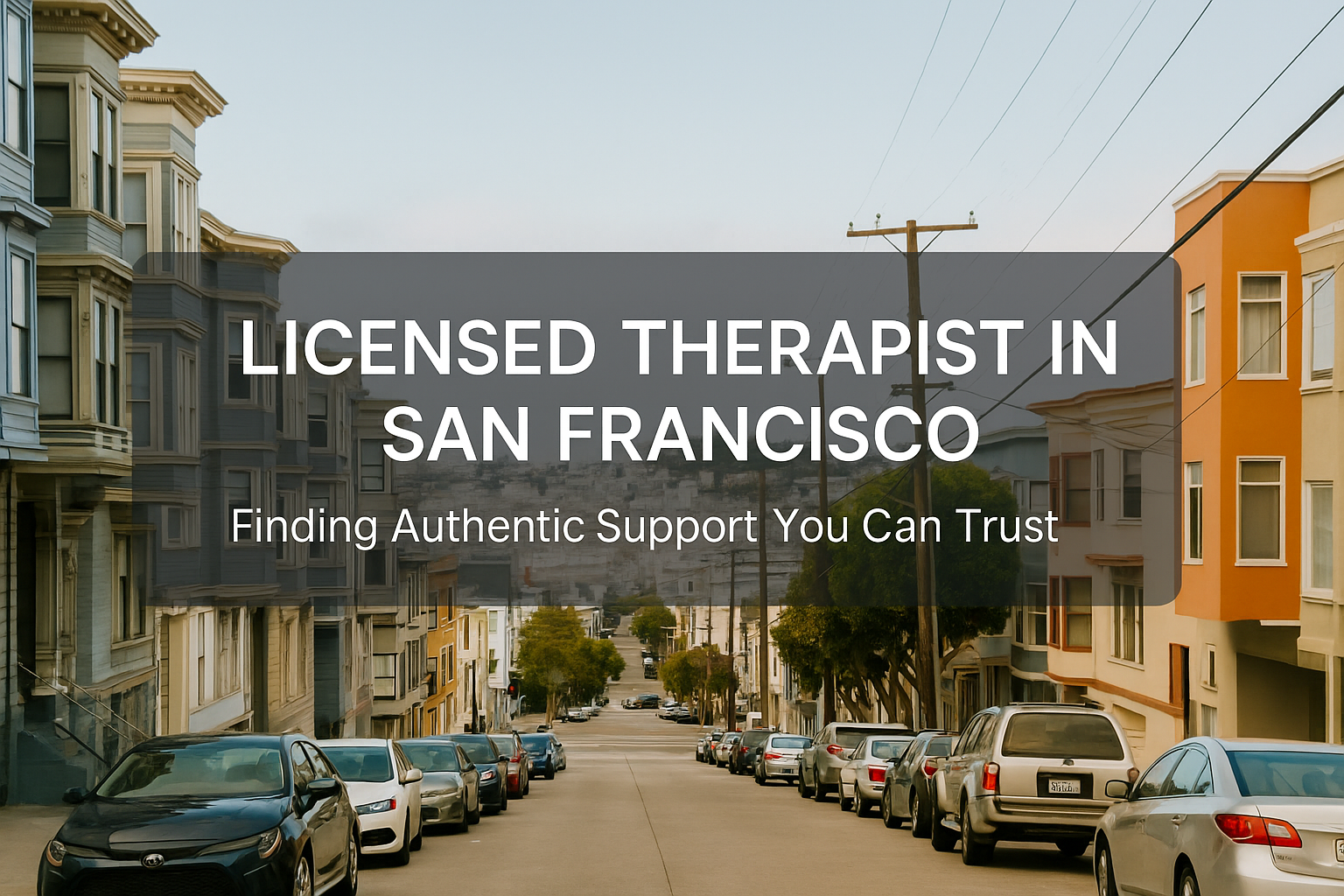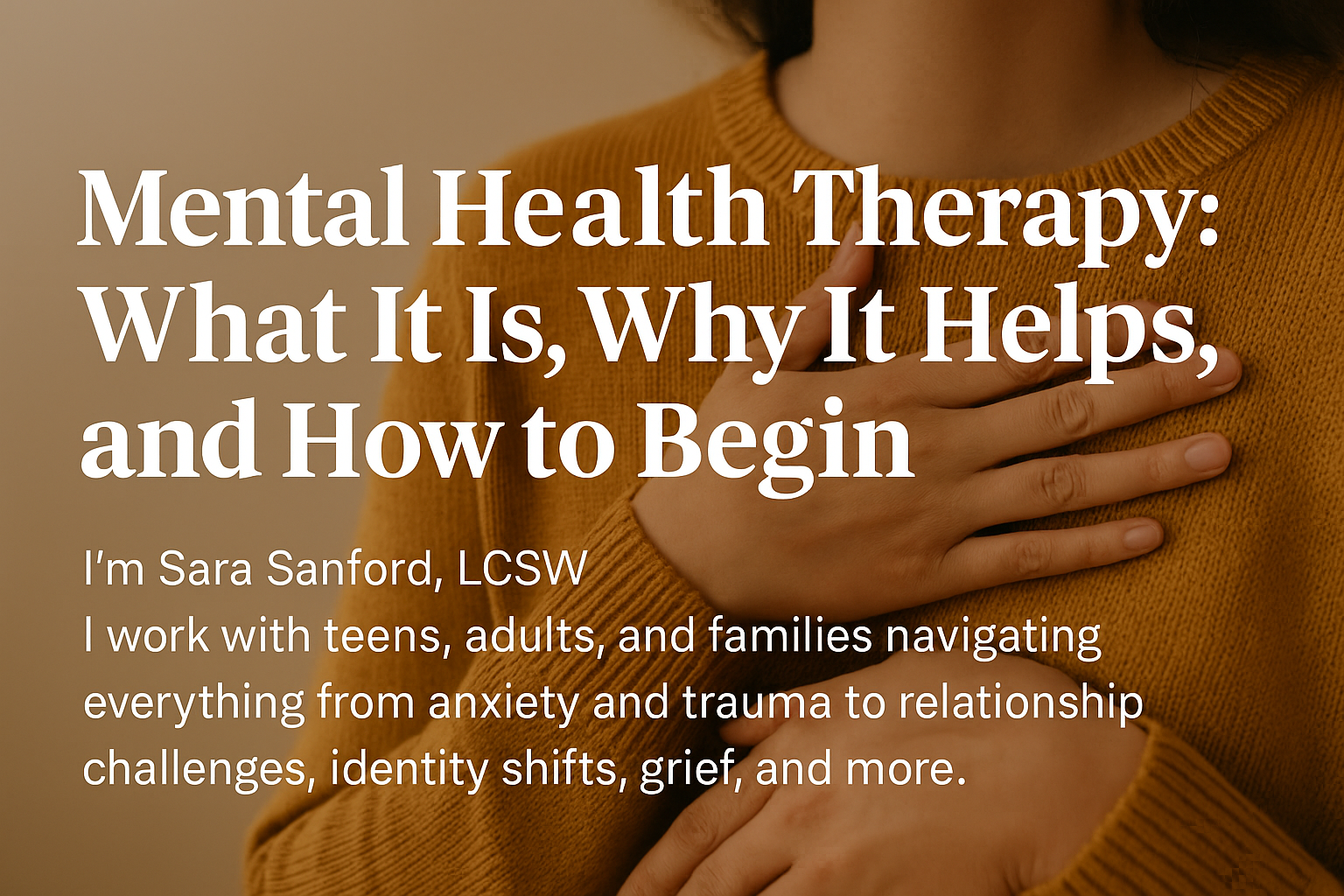Finding the right kind of therapy can feel like a confusing maze. You might be researching late at night, Googling terms like “trauma therapy,” or specifically “EMDR therapy near me,” and wondering if this might be the right fit. Let me help demystify EMDR and walk you through what it’s all about, how it can help, and how to know if it’s the path that fits your healing journey.
What Is EMDR Therapy?
EMDR stands for Eye Movement Desensitization and Reprocessing. It may sound a little like science fiction, but EMDR is actually a well-researched, powerful psychotherapy method designed to help people heal from the emotional distress caused by traumatic experiences. Unlike talk therapy, which is often more linear and narrative-based, EMDR works on both the mind and body, helping you process trauma in a way that doesn’t require you to relive every detail.
The core idea behind EMDR is that when traumatic events happen, they sometimes get “stuck” in our nervous system. You might logically understand that something’s over, but your body and emotions react as if it’s still happening. EMDR helps unstick these memories, allowing your brain to reprocess them and file them away in a less emotionally charged place.
How Does EMDR Work?
During an EMDR session, I guide you through sets of bilateral stimulation—usually side-to-side eye movements, tapping, or audio tones—while you briefly recall a distressing event. This process helps the brain “digest” the experience properly. The magic of EMDR is that it’s not about erasing memories; it’s about changing the way your nervous system responds to them.
This might sound strange at first, and that’s okay. Many of my clients were skeptical at the beginning, but what they discovered is that EMDR can bring relief when traditional talk therapy hasn’t quite reached the deeper emotional layers. It’s less about revisiting trauma and more about releasing it.
Is EMDR Therapy Right for You?
If you find yourself experiencing symptoms like anxiety, intrusive thoughts, flashbacks, or emotional numbness after difficult life events, EMDR might be a helpful option. It’s commonly used for:
- Post-Traumatic Stress Disorder (PTSD)
- Childhood trauma
- Sexual assault recovery
- Medical trauma
- Grief and loss
- Anxiety and panic disorders
- Phobias
That said, EMDR isn’t just for huge, catastrophic events. Sometimes what we call “little-T trauma”—like being consistently dismissed as a child, going through a difficult breakup, or dealing with workplace bullying—can have a big impact. These experiences can linger in the nervous system, shaping how you respond to stress and relationships.
What to Expect from EMDR Sessions
Sessions usually start with getting to know you, understanding your history, and making sure you’re emotionally ready for trauma reprocessing. Not everyone jumps right into the EMDR protocol. I spend time helping clients build coping skills, increase emotional regulation, and develop a sense of trust and safety.
Once you’re ready, we identify “targets” (memories or beliefs) to work on, and then we begin the EMDR reprocessing phases. People often report feeling lighter, more grounded, and more connected to themselves afterward. Some even say, “It feels like that thing finally let go of me.”
Every person’s experience is different, and that’s okay. Healing isn’t a straight line—it’s more like a winding trail with unexpected moments of clarity and calm.
Why EMDR Might Be Closer Than You Think
Searching for “EMDR therapy near me” often brings up lists of practitioners, but finding the right therapist isn’t just about geography. It’s about connection, safety, and trust. Whether you’re in San Francisco, across the Bay Area, or anywhere in California (thanks to online therapy), I offer EMDR sessions virtually and in person.
Some people worry that EMDR won’t work as well online, but I’ve seen firsthand how powerful it can be through video sessions. Technology hasn’t gotten in the way of healing—in fact, it’s opened up access to more people who need it.
How EMDR Fits into a Broader Healing Path
EMDR is powerful, but it doesn’t exist in a vacuum. In my practice, I often combine EMDR with other approaches like:
- Mindfulness therapy
- CBT (Cognitive Behavioral Therapy)
- Attachment-focused therapy
- ACT (Acceptance & Commitment Therapy)
- Somatic approaches and holistic healing
The beauty of therapy is that it can be tailored to you. EMDR can be a central part of your healing or one of many tools we use together.
Ready to Explore EMDR?
You don’t need to have everything figured out to start. You don’t even need to be certain that EMDR is right for you. That’s what the consultation process is for—to ask questions, feel it out, and see if we’re a good fit.
If you’d like to learn more or book a free consultation, you can do that here. You can also explore other therapy options like individual therapy, trauma therapy, or PTSD-focused work.
Final Thoughts: You Deserve Relief
Whether you’re living with daily anxiety, the aftermath of trauma, or a lingering sense that something’s just “off,” EMDR offers a different kind of relief—one that works with your body, your emotions, and your story. You don’t have to keep carrying the weight alone.
Healing is possible. And if you’re here, looking for “EMDR therapy near me,” it’s probably because you already know that. Let’s take the next step together.




